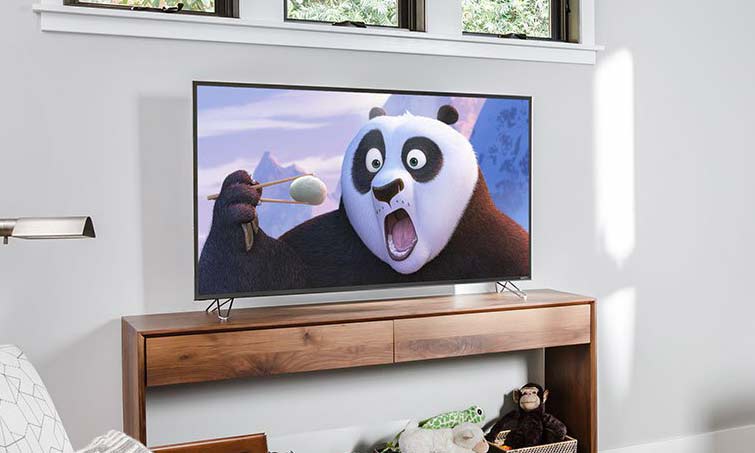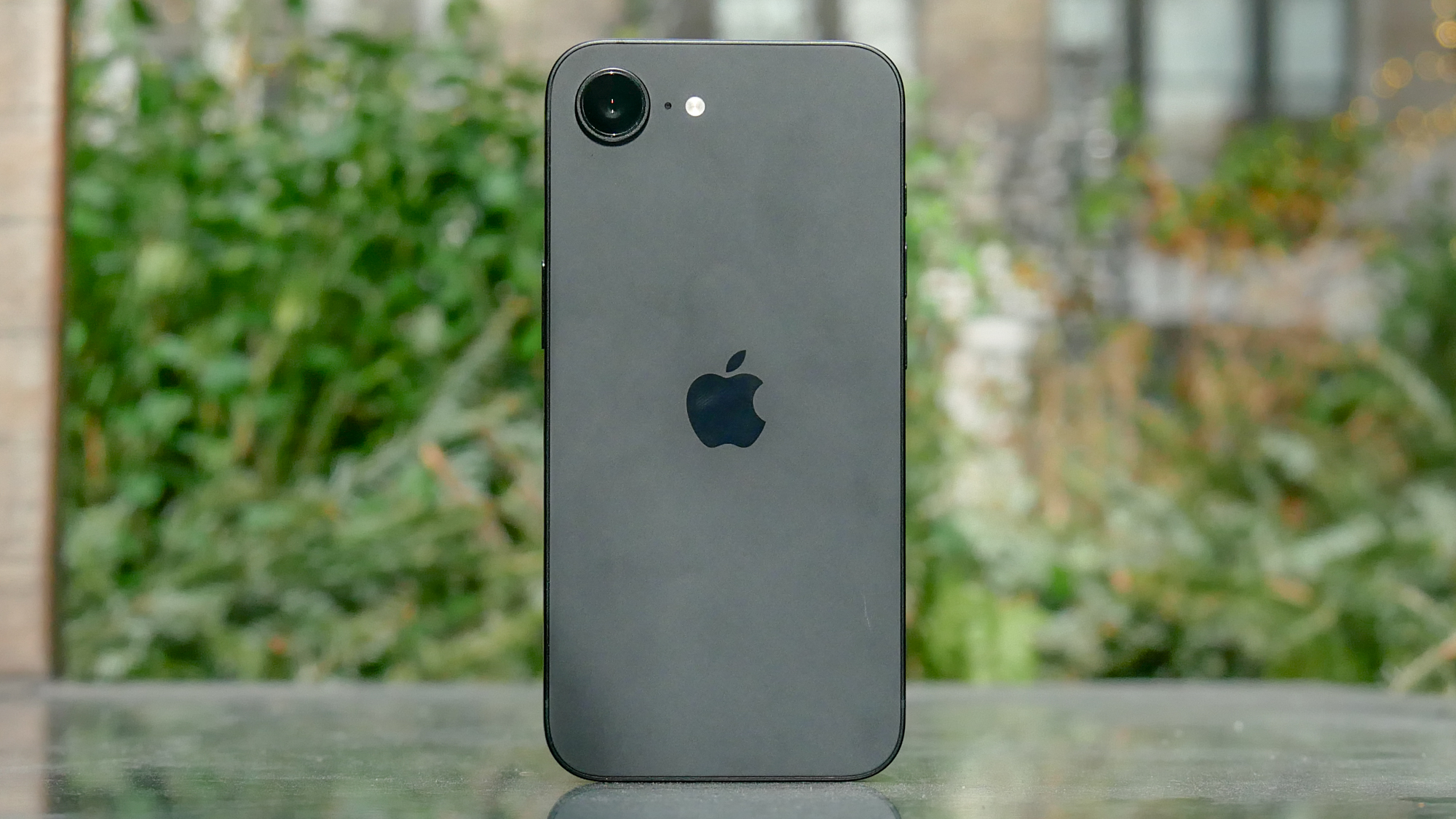Tom's Guide Verdict
A 4K Ultra HD set for those who want more out of a bargain-priced model, the Vizio M-Series supports HDR content as well as the Dolby Vision version of the format.
Pros
- +
Good upscaling of HD to 4K
- +
HDR support, including Dolby Vision
Cons
- -
No TV tuner
- -
Slow remote control
- -
Poor contrast
Why you can trust Tom's Guide
Vizio's 55-inch M55-D0 4K TV finds itself holding the middle ground, which can be challenging. Attacked on one side by comparably performing, lower-priced sets and on the other by more expensive but superior TVs, the M-Series could well get crossed off on many shopping lists.
Ostensibly, this $800, 55-inch TV offers a lot of upmarket features. Not only is it a 4K LCD set with a full-array LED backlight, but it also supports high dynamic range (HDR) content for delivering more intense colors. It supports the Dolby Vision version of the format, too, and comes with an Android tablet that acts as a sophisticated remote control that's especially adept at managing streaming content. The problem for the M-Series is that despite these higher-end features, the 55-inch TV doesn't deliver the kind of performance that would justify its price.
Design: Utilitarian
With its basic black bezel, the 55-inch Vizio M55-D0 sits on a pair of chrome, wire-like legs that give the set a more open yet stable stance on a tabletop. It has built-in Wi-Fi and the usual array of inputs, but I did find a couple of annoyances when hooking up the TV. On the rear panel, one of the HDMI ports is poorly positioned next to an outcropping of the set's electronics, making it difficult to plug a standard HDMI cable into the downward-facing jack.
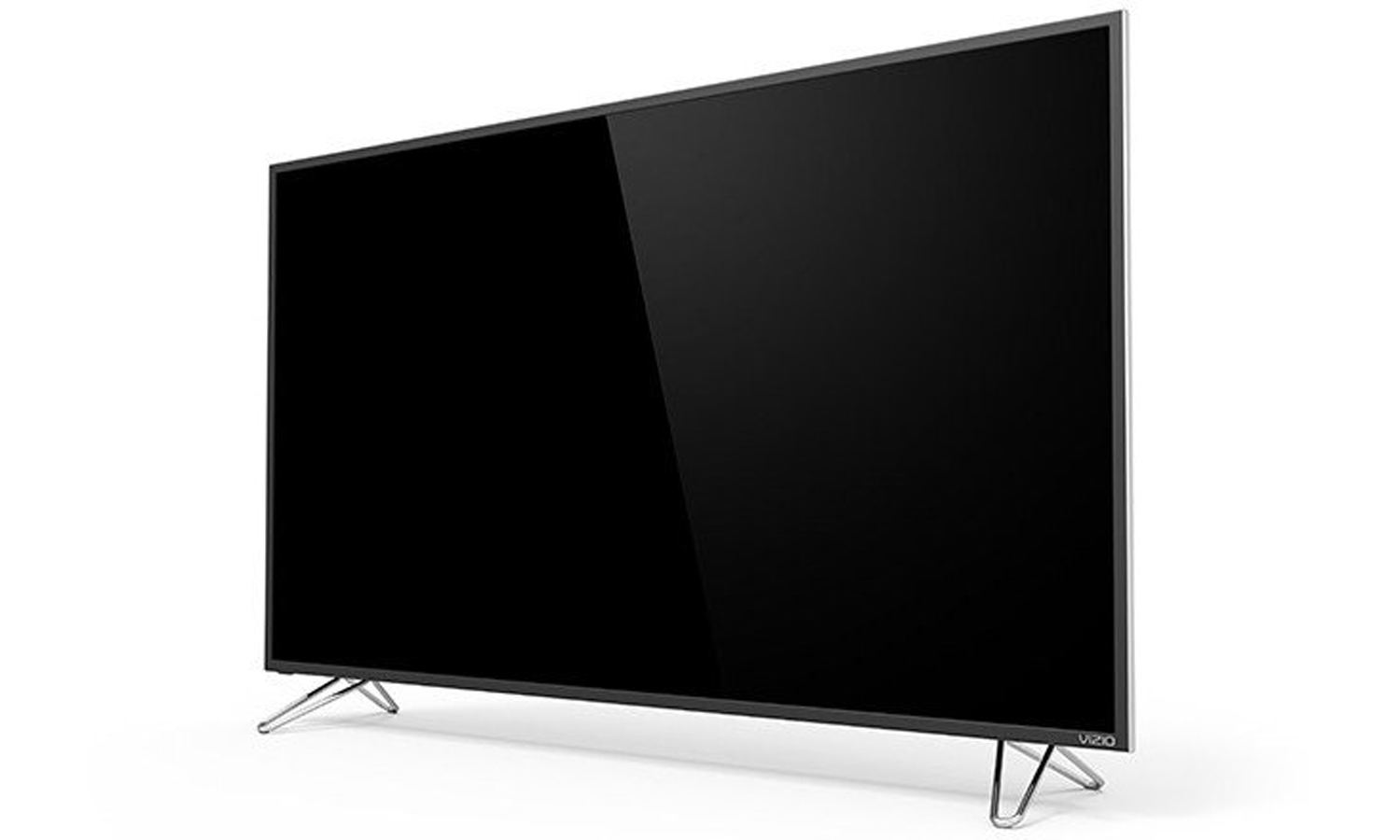
More importantly, unlike most TVs, the set does not have a built-in tuner. That will disappoint cord cutters who want to use an HDTV antenna to pull in local stations. To make that work with the Vizio set, you'll need to buy a digital TV tuner box, which can cost around $100.
In displaying native 4K programming, the M-Series still does well enough.
Performance: Modest 4K
The Vizio M-Series 4K Ultra HD set uses a full-array LED backlight with 64 active zones, far fewer than the company's more expensive P-Series, which has nearly twice that number. The 55-inch M-Series also uses a VA (vertical alignment) LCD display. The combination means that this set offers less contrast variation across the screen, so if you're sitting away from the center-viewing sweet spot, colors can look washed out.
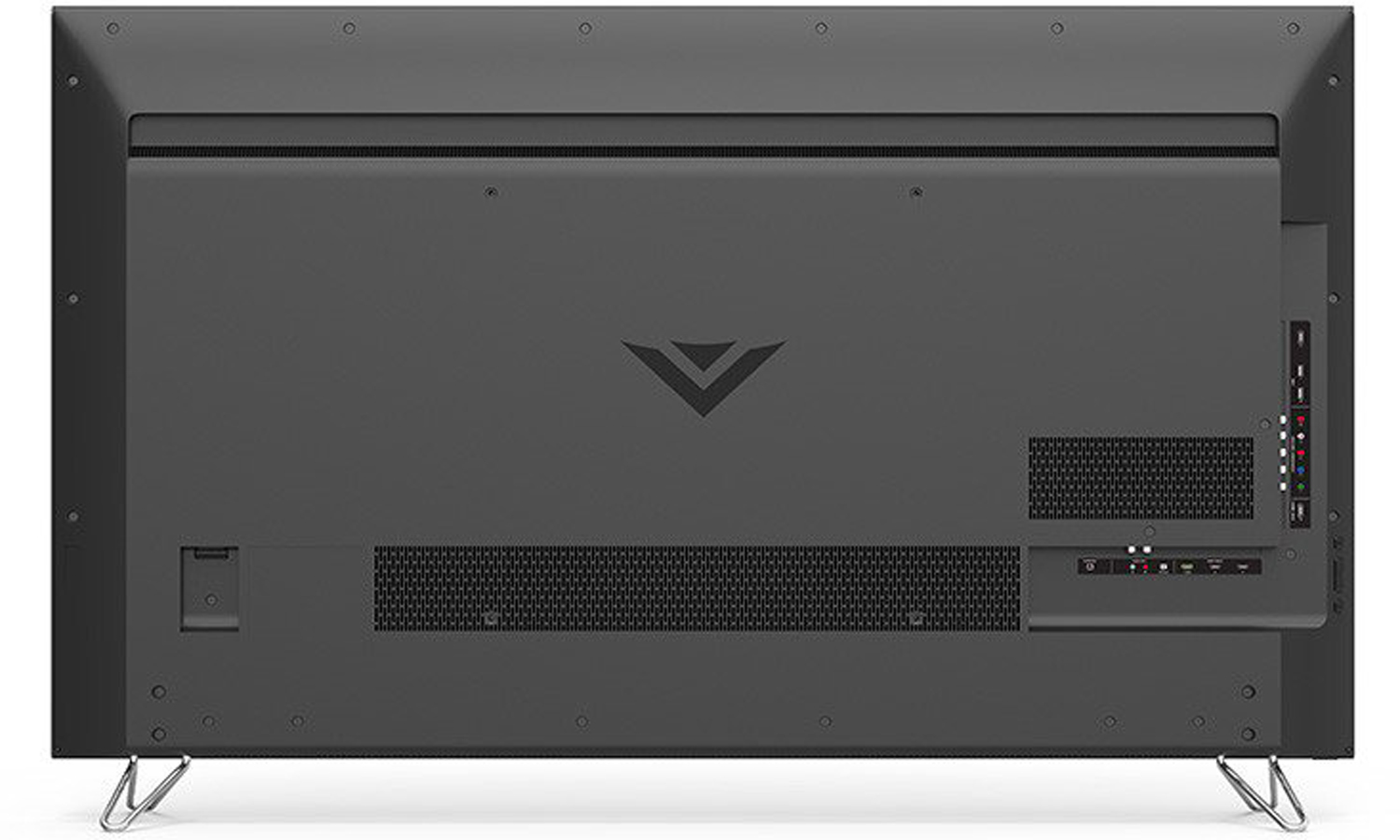
In displaying native 4K programming, the M-Series performed well enough. The Amazing Spider-Man 2 looked good, without any obvious problems. A test music video with 4K HDR content, however, showed much less detail compared to pricier sets, such as Vizio's own $1,100 P-Series. The singer's red gown, for example, didn't look as richly shaded or saturated as it did on top models, and in the shadows, faces in the audience were less well-defined. Bright white spotlights also tended to flare and create halos.
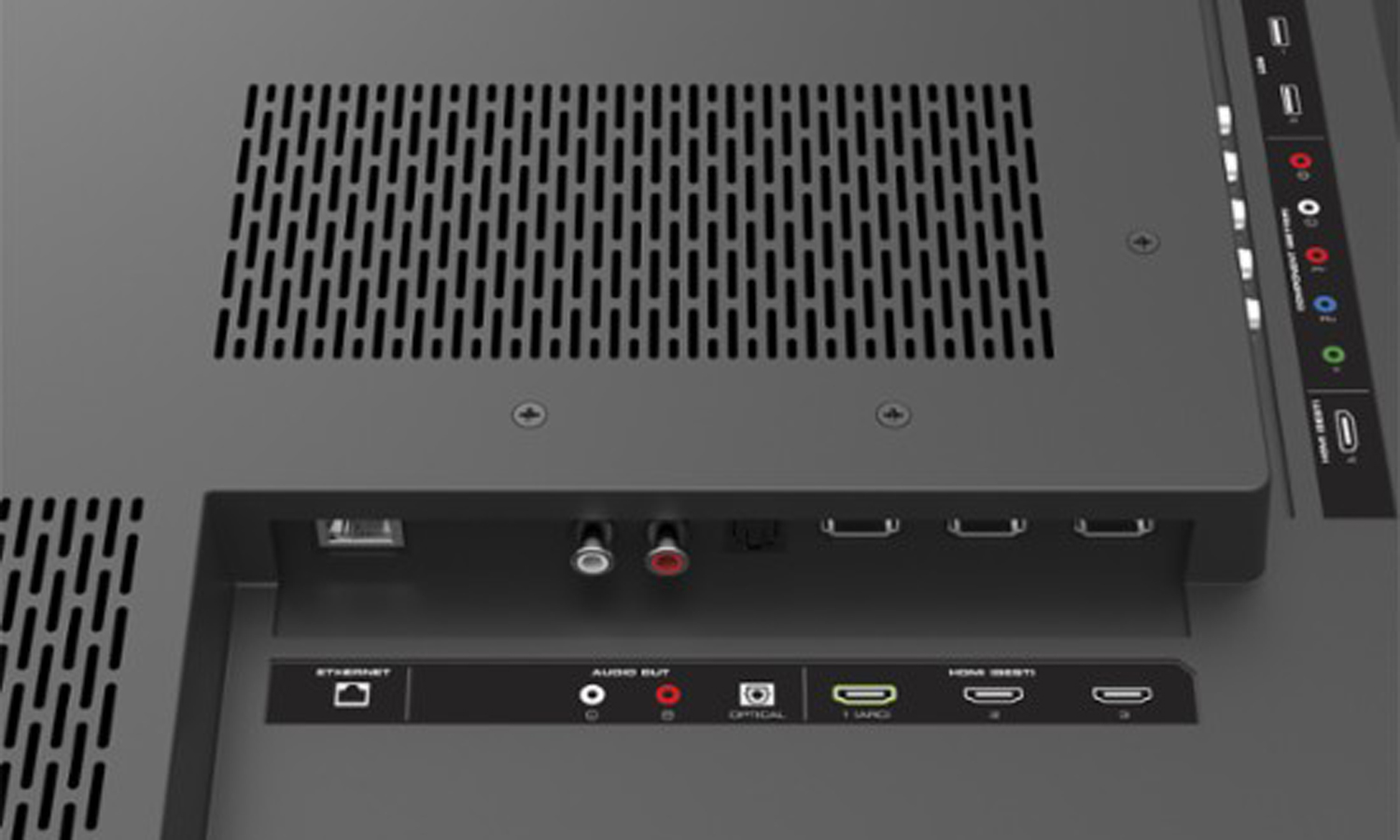
Our test charts underscored the set's color shift. Hues tended to drift to the cooler blue side rather than the warmer red end of the spectrum in both standard 4K and in HDR mode. In its best preset calibrated mode, for example, the M-Series turned in a Delta E score of over 8 (0 is best). That's an inauspicious result more in keeping with sub-$500 sets. In HDR mode, the results were worse, with a score of over 10. For comparison, Samsung's midrange model, the KS8000, delivered a much better color accuracy score of 2.9.
Furthermore, off-axis viewing, for those family members who are relegated to the end of the couch, tended to suffer more than on most models. The M-Series showed an appreciable loss of brightness and detail.
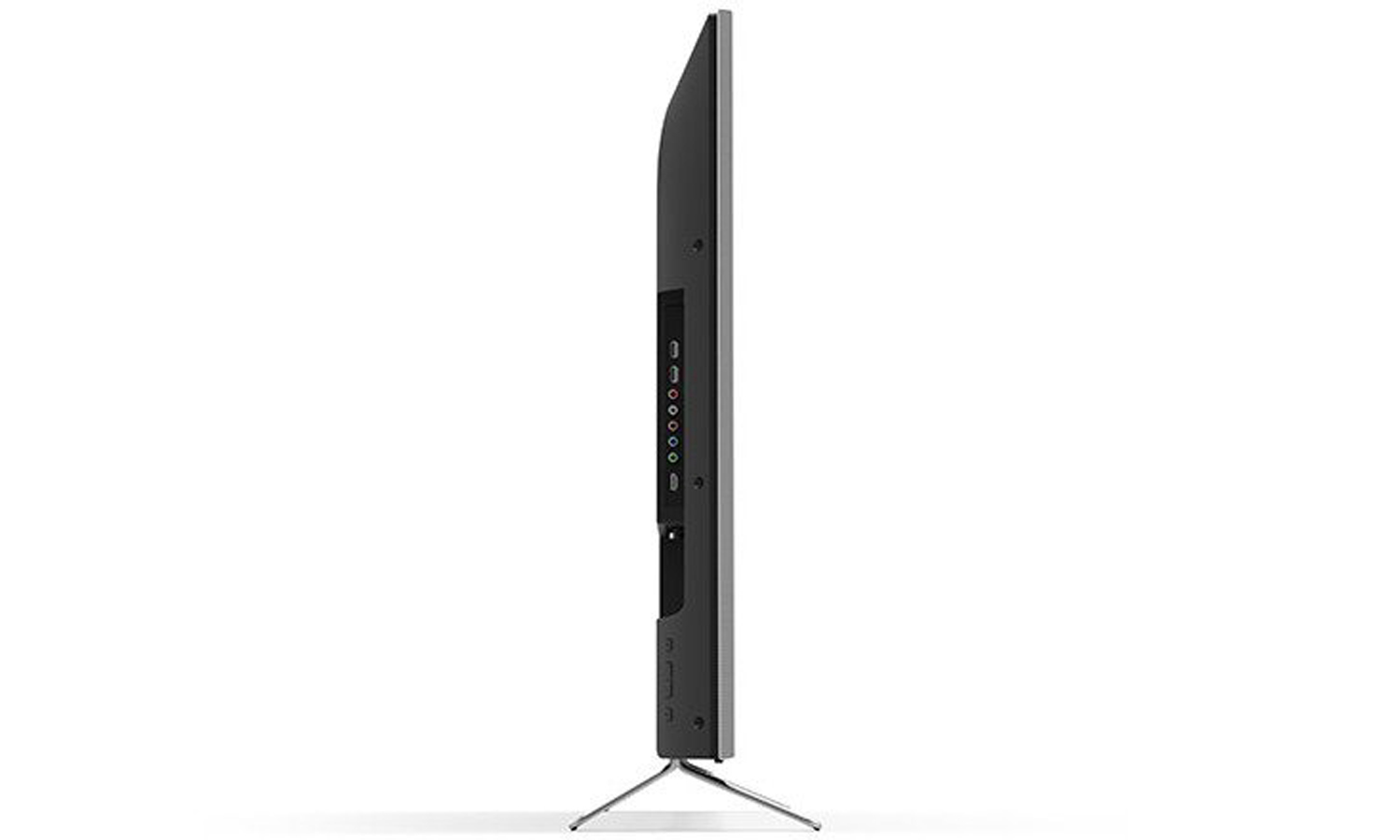
In spite of those faults, the M-Series did well upscaling standard HD and Blu-ray content using the set's best preset mode (Video). The Vizio delivered solid performance in rendering fast-action scenes without generating any false-picture artifacts for several movies, ranging from Skyfall to Gravity to The Martian. However, there was a lack of detail in shadowy picture areas, which tended to be overly dark, and the occasional halo would appear around bright objects, such as a space-walking astronaut or the space shuttle moving across a dark sky.
MORE: Our Favorite 4K (Ultra HD) TVs Available Now
Audio: Muffled and muted
Sound quality is not a focus of the M-Series 55-incher. Only basic sonic elements can be adjusted, such as switching surround on or off and adjusting the balance and volume. Consequently, music sound tracks sound woefully underpowered, lacking lower-end bass notes, and are generally muted and muffled. During action sequences, explosions and gunshots lack guttural force. Conclusion: Get a sound bar.
Interface: Google Cast approach
Vizio is taking an interesting approach to its new connected TV interface, abandoning the company's own custom-built Yahoo-backed system in favor of Google Cast (the same system behind Google's Chromecast). The company calls it SmartCast. Essentially, it uses a 6-inch Android tablet (with 8GB memory and a 720p screen) as a remote control, mirroring movie and show art on the screen for streaming sources.
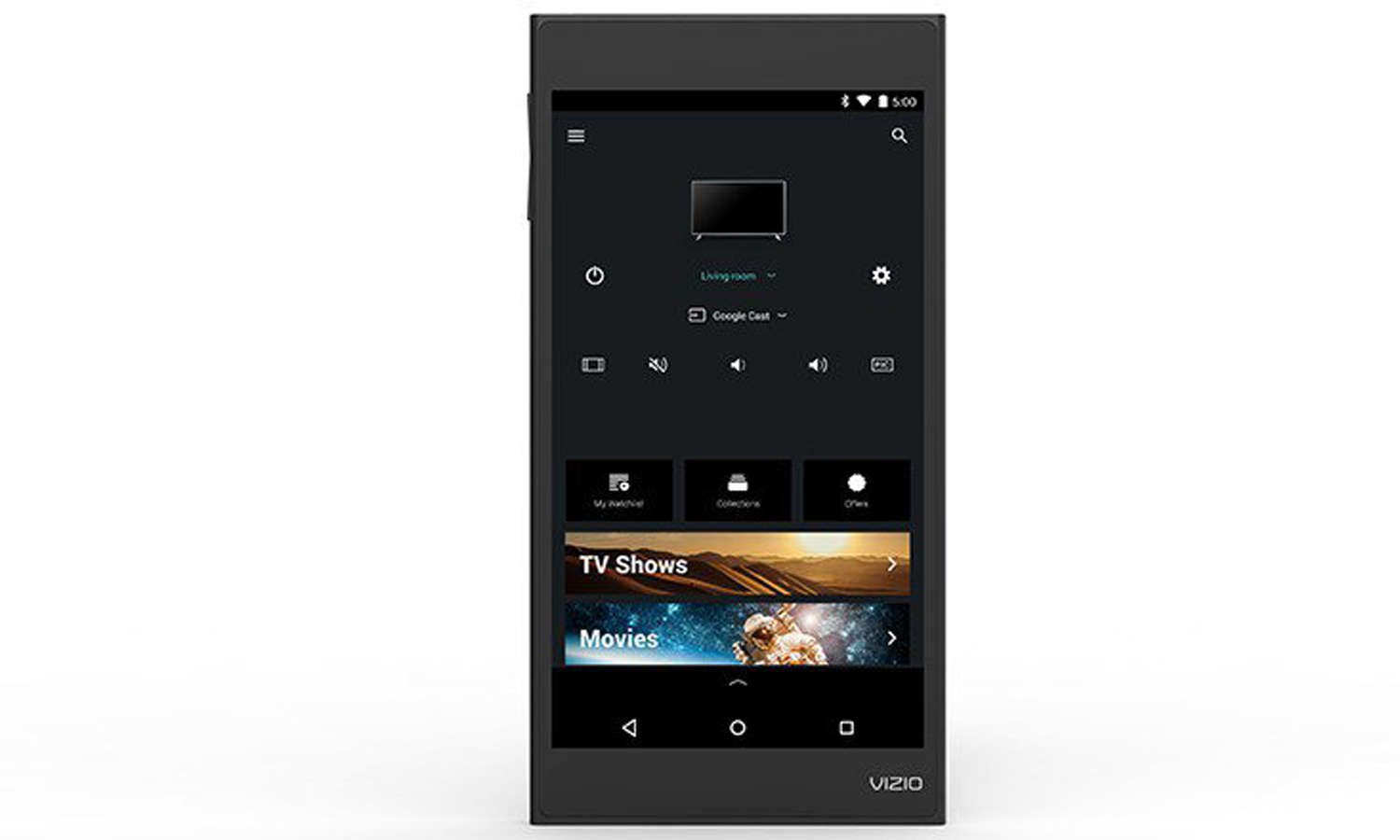
In theory, this system makes it easy for any smartphone owner to find his or her way through the menus, and it lets you browse on the tablet and then simply tap or swipe to bring video up on screen. SmartCast also enables support for a very wide array of apps and streaming services, including Netflix, Vudu, Hulu, YouTube and HBO Now. You can also search or browse for content across multiple apps at once, which makes it easier to find something to watch.
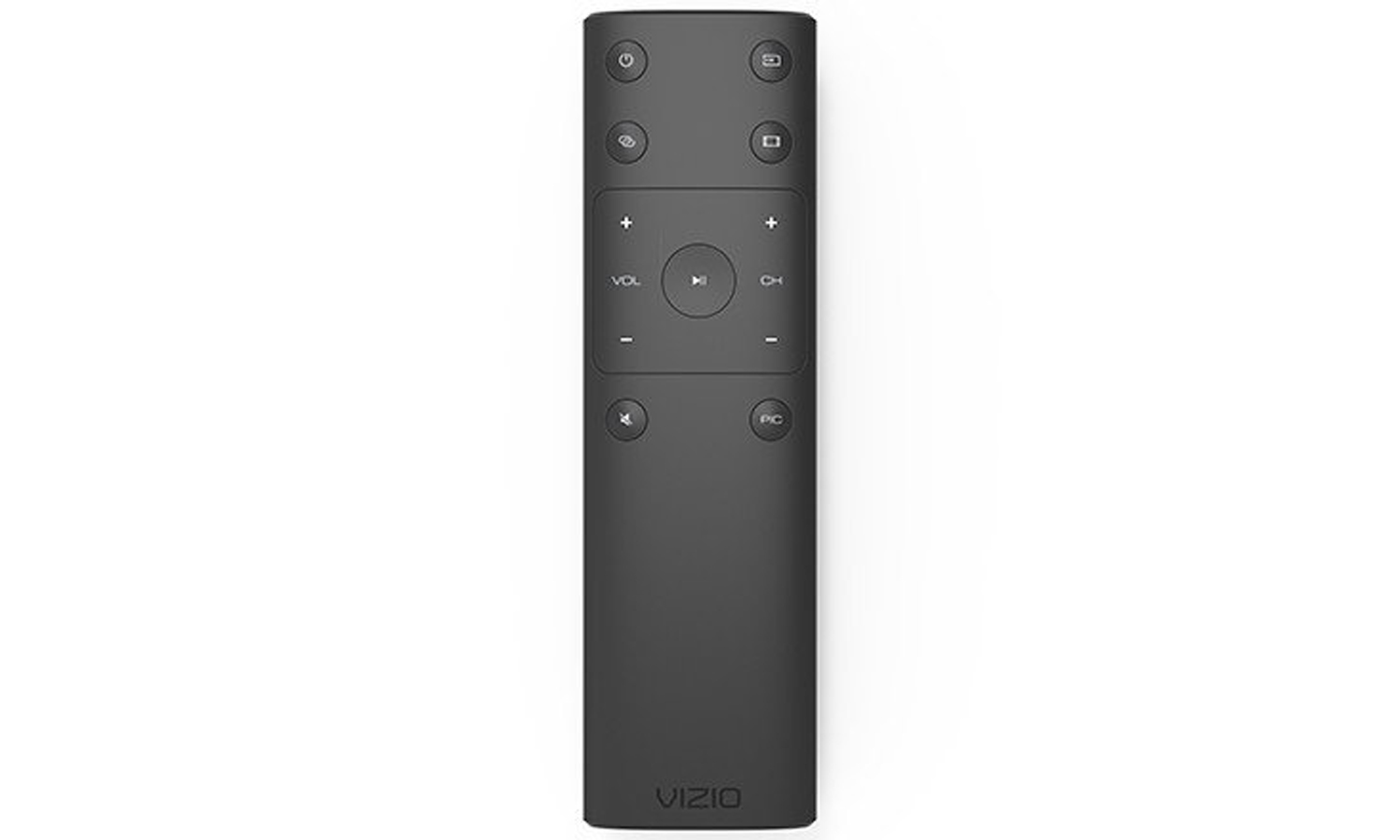
In practice, however, I found the tablet software annoyingly slow to respond (one expects near instant response from a remote control). And even though Vizio includes a basic traditional remote for sticks in the mud like me, practically speaking, you can reach some controls, such as display settings, only via the Android device. Vizio says it has improved the speed of the remote with a firmware update that wasn't available at the time of my testing, and it will add updates that will integrate Google Play Movies.
MORE: Best Indoor HDTV Antennas for Cord Cutters
Bottom Line
While it can't match the performance of Vizio's own P-Series model, the 55-inch M-Series' price is certainly more attractive, at roughly $850. But there's also pressure from a growing group of budget 4K sets of the same size that cost about $500; to be fair, none of them support Dolby Vision, a significant selling point here. But if you're interested in buying a future-proof TV, it's worth spending a bit more for something that delivers a better picture.
John R. Quain has been reviewing and testing video and audio equipment for more than 20 years. For Tom's Guide, he has reviewed televisions, HDTV antennas, electric bikes, electric cars, as well as other outdoor equipment. He is currently a contributor to The New York Times and the CBS News television program.
